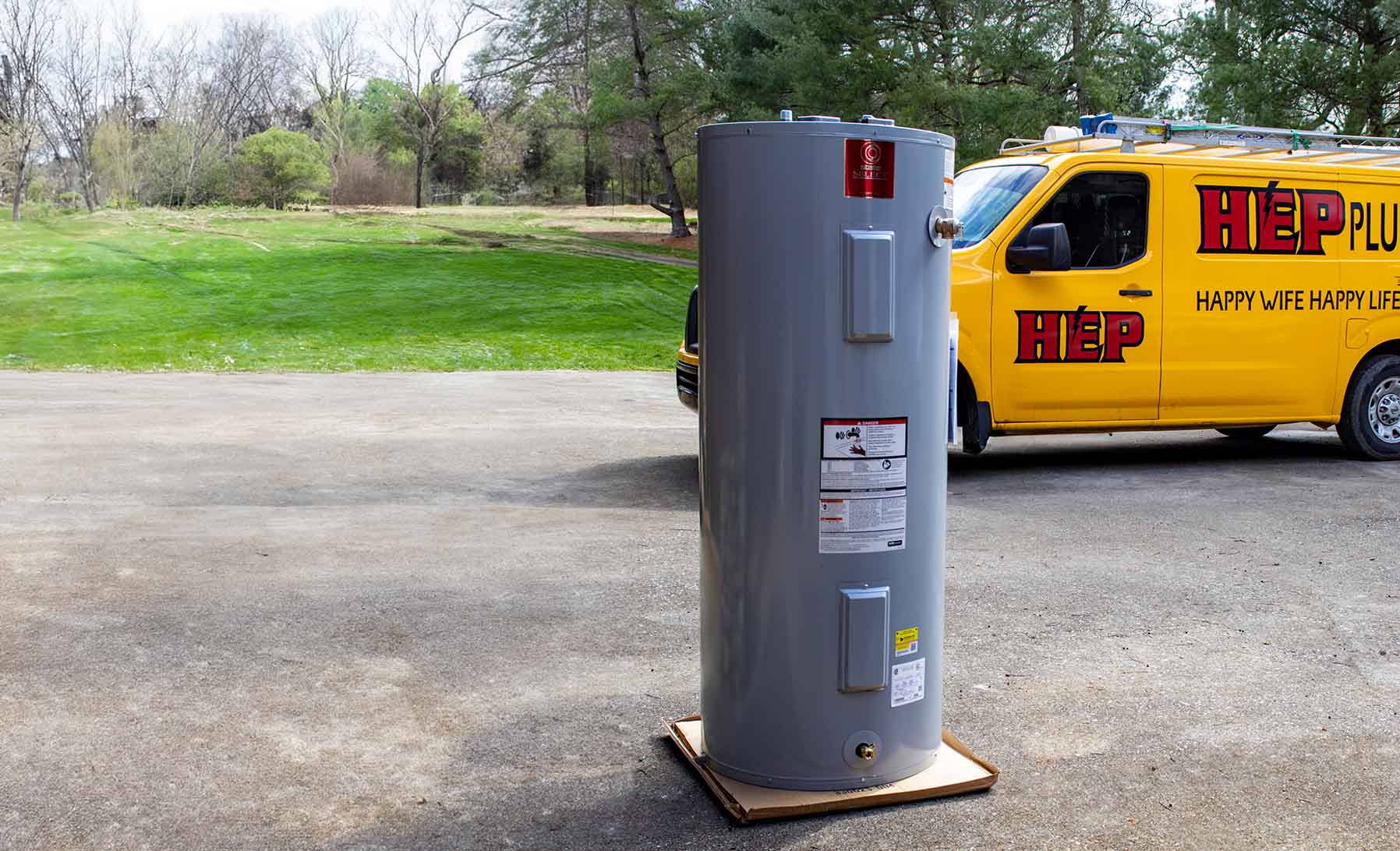

Technical Expertise
Your trusted partner for professional home services. Quality workmanship, guaranteed satisfaction.




- HEP
- Technical Expertise
Technical Expertise | Tank Water Heater | Plumbing | Newport
From routine maintenance to full-scale replacements, HEP’s seasoned plumbers bring unmatched precision to every tank water heater project in Newport. We troubleshoot temperature fluctuations, flush sediment, replace anodes, and optimize venting so your hot water stays consistent and your utility bills stay low. Because our crews arrive in fully stocked trucks, most fixes are completed on the first visit—saving you time, stress, and extra service fees.
When you’re ready for an upgrade, we’ll size the perfect unit for your family’s demand, install it to code, and haul away the old one, all while treating your home with the respect it deserves. Backed by transparent pricing, 24/7 emergency response, and rock-solid warranties, HEP is the easy choice for Newport homeowners who want reliable comfort and lasting value from their tank water heater.
FAQs
How long can I expect a traditional tank water heater to last in Newport’s coastal climate?
With proper installation and routine maintenance, most glass-lined steel tank water heaters last 8–12 years. Newport’s salty sea air and slightly harder municipal water can accelerate anode-rod deterioration and internal corrosion, so annual inspections are essential. Our technicians check the anode rod, flush sediment, and test the temperature-and-pressure (T&P) relief valve to maximize life expectancy.
What size tank water heater do I need for my Newport home, and how do you determine it?
We size the unit based on household occupancy, simultaneous fixture use, and peak-hour demand. For example, a family of four that showers back-to-back typically needs a 50-gallon gas or a 55-gallon electric model. We also factor in recovery rate (how fast the heater reheats) and Newport’s incoming water temperature, which averages 52–55 °F. During an on-site visit we perform a demand calculation to recommend the most efficient size and energy source.
Can I replace my gas tank water heater with an electric model, and what should I consider?
Yes. We first verify that your electrical service panel has a dedicated 30-amp (for 240 V, 4.5 kW) or higher breaker and 10-gauge wiring. Existing gas lines and venting will be safely capped. Because electric units recover hot water more slowly, we may recommend a larger tank or a hybrid heat-pump water heater to maintain comparable performance. We also review Newport Utilities’ rebates and anticipated operating costs so you can make an informed decision.
How often should my tank water heater be flushed or serviced, and do you offer maintenance plans?
We recommend a full flush and safety inspection once every 12 months. Newport’s water carries enough mineral content to form sediment that lowers efficiency, overheats the bottom of the tank, and shortens service life. Our maintenance includes sediment flushing, anode-rod check, thermostat calibration, combustion-air cleaning (gas), and leak scan. Ask about our annual Water Heater Wellness Plan, which provides priority scheduling and repair discounts.
What are the signs that my tank water heater needs repair versus complete replacement?
Repairable issues include failed heating elements, thermostat faults, worn gas thermocouples, or minor valve leaks—especially if the unit is under 8 years old. Replacement is usually advised when you notice rust-colored hot water, visible tank corrosion, recurring pilot outages, or water pooling from the tank body. An energy bill spike or rumbling noises after flushing can also indicate irreversible scale buildup or imminent tank failure.
Do you handle permits and meet code requirements for tank water heater installations in Newport?
Absolutely. Every replacement or new installation is permitted through the City of Newport’s Building Division. We install seismic straps (required in coastal Oregon), T&P relief lines that terminate within 6 inches of the floor, code-approved pan drains, and expansion tanks when the municipal water system has a backflow preventer. Before we leave, the installation is leak-tested, pressure-tested, and ready for city inspection.